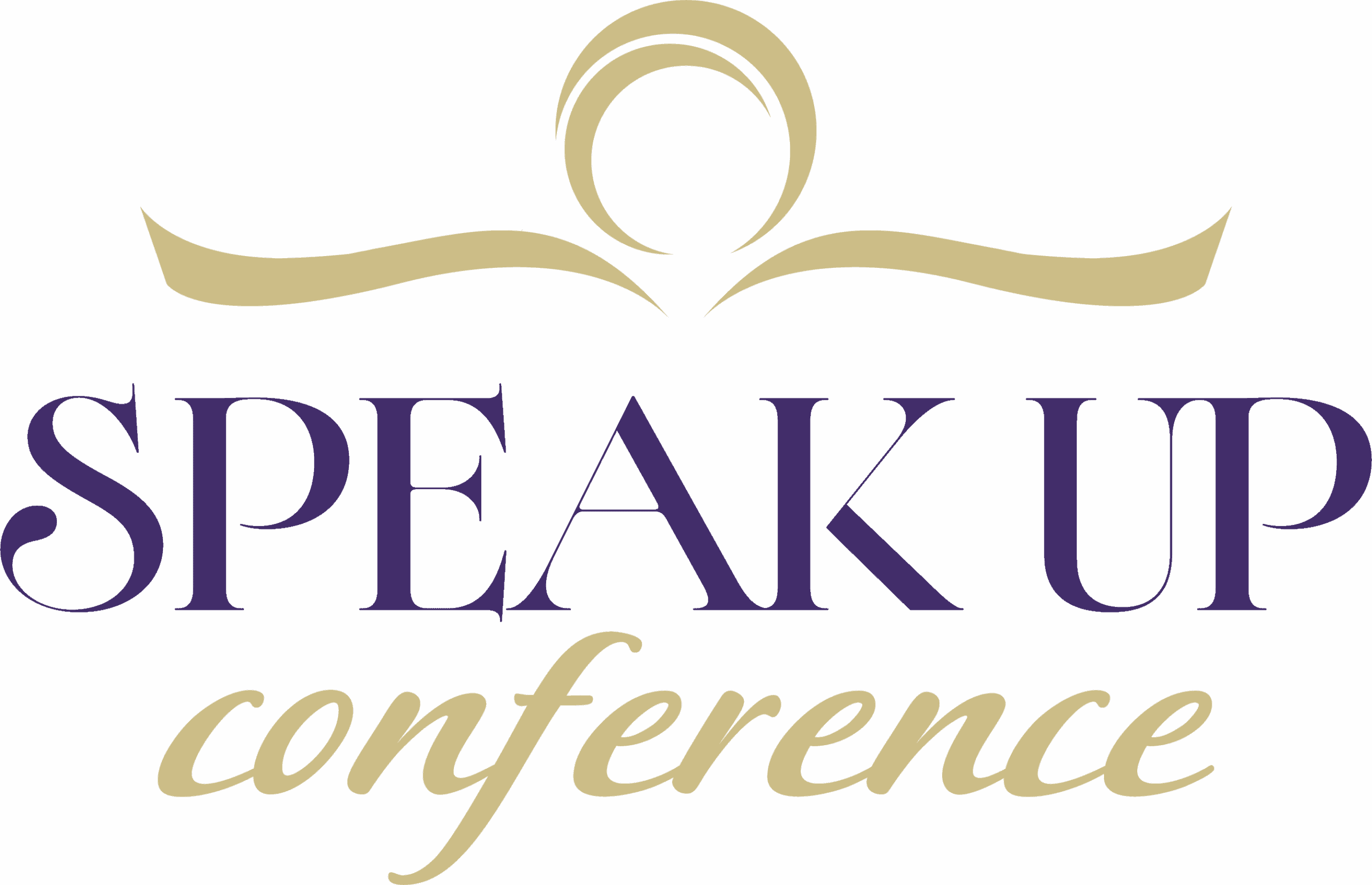
There’s a reason even Jesus himself used illustrations to engage his audience—story has the unique power to help a reader engage, understand, and apply new thoughts and ideas. But story is only as effective as it is well done.
In order to be effective, illustrations must both connect with your reader and promote understanding. But how do we get there?
- Identify your reader.
Ask, “Who is my reader and what might speak to them?” This will help you determine whether a specific illustration will be effective for your audience. Let’s use the Good Samaritan as an example. The target was Jewish people struggling with being kind to outsiders. The characters were tailored to the audience and easily recognizable to them.
Along these lines, if you’re writing to young moms, don’t use an illustration about how a high school teen is struggling.
- Establish a clear message for your reader (both on a book level and then a chapter level).
What do you want the reader to learn? If the story doesn’t contribute to the meaning, change it; otherwise, you’ll end up confusing the reader. If Jesus had talked about the pebble in the shoe of the Pharisee, we would lose track of the message.
- Build the illustration.
Now that you have a clear message in mind, you’ll outline the story.
- Introduction—In the Good Samaritan, a man is going from Jerusalem to Jericho. We’re introduced to the who and what (and they’re both very relevant to the audience). Do not spend much time here.
- Crisis & rising action—in Jesus’s story, the man is attacked by robbers and left for dead. Then the poor man is passed by a series of good, Jewish men. This part leaves us clamoring with questions of what will happen next.
- Resolution—This can either be positive or negative (do this or don’t do this). In Jesus’s story, the hated Samaritan comes in and saves the day. It’s a twist ending that the original audience wouldn’t have seen coming. It slams them into a wall which forces them to see their own prejudice.
- Application—the resolution should move seamlessly into how the reader should apply the illustration. This is the “why” behind the story. By the end of an illustration, the reader should already understand what’s coming before the author even describes the application.
- Find the Illustration.
When I’m writing an illustration, I actually start with end in mind. I ask: “What application do I need? When did I or someone I know learn something like this?” Then I work backward from there.
There are four places I tend to find a lot of illustrations: the playground, my siblings, my parents, and my kids. So think of a conflict you had and how it was resolved. Then work the application into that story.
Another way to gather ideas is to keep a journal. This doesn’t have to be (and maybe even shouldn’t be) a long-winded journal. It could be a spreadsheet with a column for a date and a column for a bullet-point list of things that happened that day. If you do this every day for three months, you have potentially 90 illustration ideas. And after a year, you’ll have more than 350!
- Edit the illustration
Finally read through your illustration. Keep your audience in mind as you ruthlessly cut to the point as quickly as possible.
You’ll also want to be precise in your language. Use verbs and descriptive words that convey a mood.
For example: “Lack of education for women in Africa is a problem” is flat and doesn’t really tell the reader much.
But if you dig in, you’ll do what Lisa VanEngen did in her book And Social Justice for All and say something like: “Lack of education for women in Africa destroys their opportunity to support themselves and their children.” She goes on to use words like thrive, flourish, and imperative, to invite a reader into the words and identify with what’s happening.
If you’d like a list of words that often signal a lack of precision, you can download my list here: http://beautifuluglyme.com/janyres-75-secret-search-words/
Now that you have a basic structure to creating illustrations, dig in and write some engaging stories.
If you’re struggling a bit, try reading authors who are phenomenal at illustrations. Shannon Popkin, Emily P. Freeman, Annie F. Downs, and Francis Chan are good places to start.
Question: Who are some authors that do a great job with illustrations?


